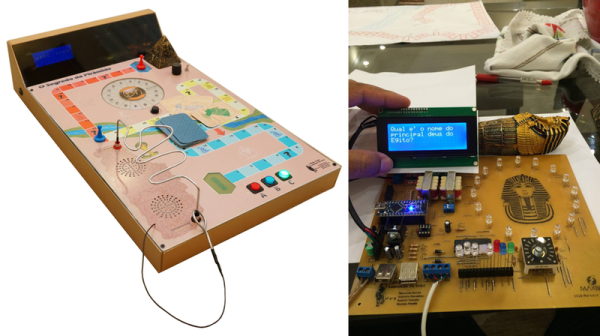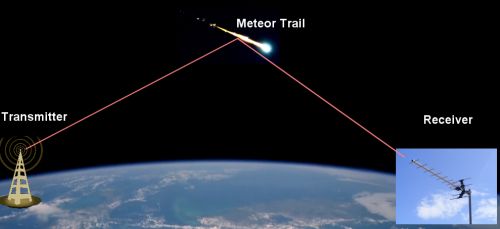A class in Brazil was given the assignment to make a board game. [Marcelo], presumably, heard his son lamenting how lame it was going to be if the board was just cardboard with some drawings on, and came to the rescue.

Working with the class, they came up with the rules of the game. We’re not certain what those are, but it involves a regular game board, a flashing light circle with numbers, and a fusion between Operation and one of those disease transmitters commonly found at the doctor’s office. You can try to puzzle them out from the video after the break.
The brains of the board is an Arduino with an external EEPROM for all the sound effects and other data needed for this construction. Everything is laid out on a beautifully done home etched PCB. It’s too bad the other side of the board isn’t visible.
We’re sure the kids learned a lot working with [Marcelo]. It would have been nice if a traveling wizard came to some of our earlier classes in school and showed us just how much cool stuff you can do if you know electronics.
Continue reading “Brazillian Class Creates Digital Board Game”

























